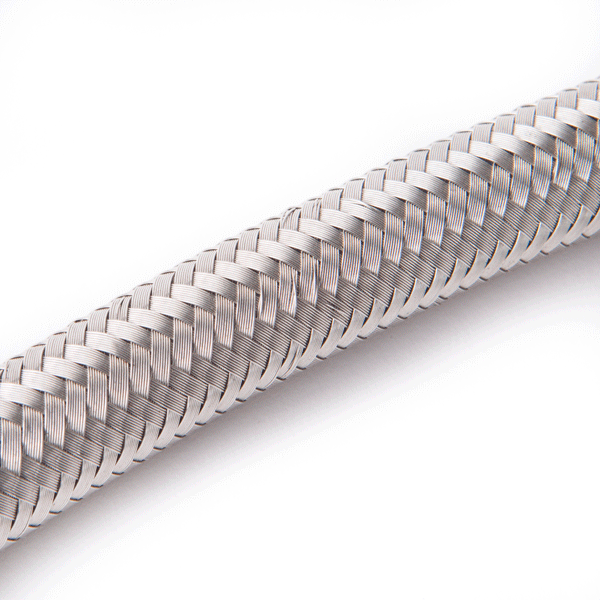cosmos_275
Hot Rolled
- Joined
- Jun 9, 2015
I'm in a new space and I'd like to have the air lines run properly. All I know is I think some of it has to be rigid for the reason if there's a fire, it won't melt and result in fanning the flames. The rapid air stuff seems like a box check in this regard, and I don't want to use it. Where are the requirements for this? Local fire department? I know electrical stuff is NEC for the most part, but not sure what the guide is for compressed air.
I just need to run across the shop and down both walls, drops for air guns and a couple machines. What are my options? Copper I suppose? Would something like flexible tube in EMT conduit be ok? Wall to machine can be flexible? Compressor is a Polar Air (Eaton) 80 gallon.
Advice is appreciated. Thanks
I just need to run across the shop and down both walls, drops for air guns and a couple machines. What are my options? Copper I suppose? Would something like flexible tube in EMT conduit be ok? Wall to machine can be flexible? Compressor is a Polar Air (Eaton) 80 gallon.
Advice is appreciated. Thanks



